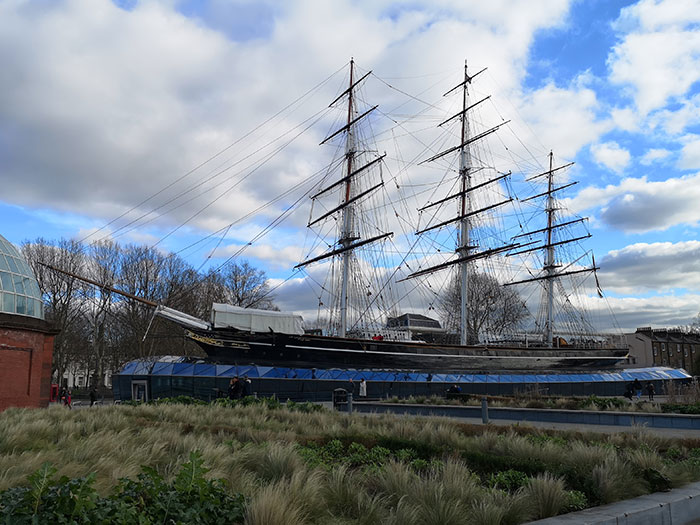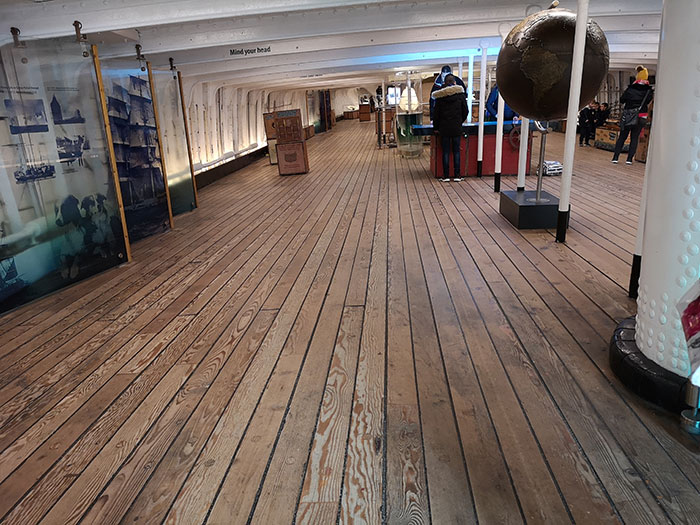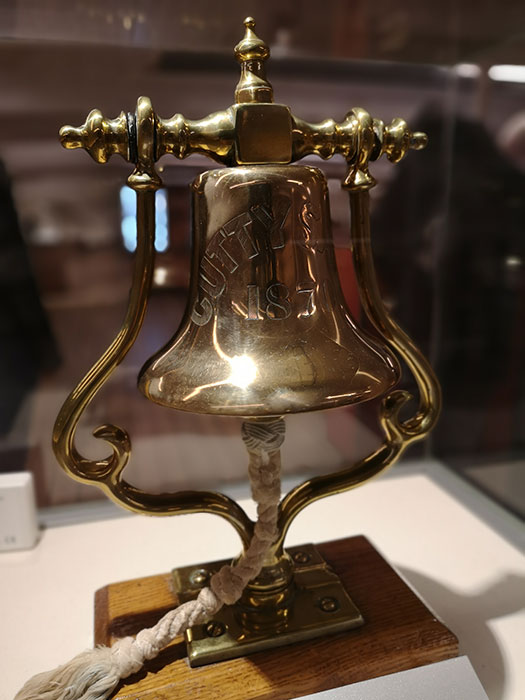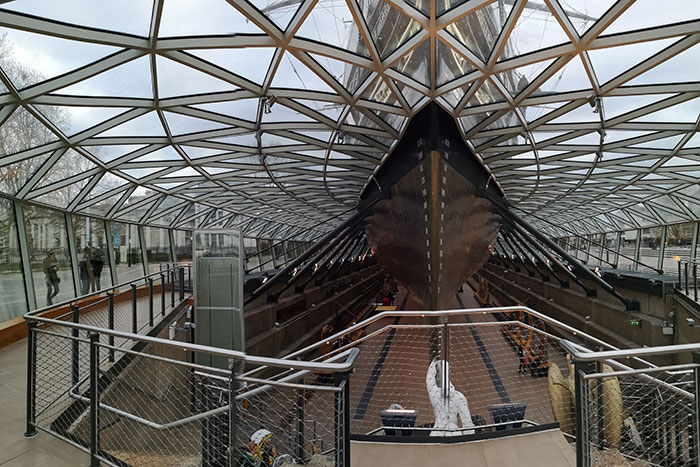Cutty Sark is a well known ship, transformed into a museum at Greenwich, in London. I’ve seen it the first time I’ve been in London, back in 2012, but I didn’t visit the museum. After our recent holidays, where we’ve visited SS Great Britain in Bristol and the less known HMS Trincomalee up north, in Hartlepool, I had some pretty high expectations from a museum in London. I was to be slightly disappointed, as the tea rooms were a let down, and the whole presentation of the ship lacked the care and details I’ve seen in the other two museums.

Cutty Sark is a British clipper ship. It was built on the River Clyde in 1869 for the Jock Willis Shipping Line. She was one of the last tea clippers to be built, also it was one of the fastest.
Tea’s history in UK starts in 1658 when the first ad for tea appears in a newspaper in London. Two years after that, Samuel Pepys drinks his first cup of tea and records it in his diary. Catherine of Braganza brings a chest of tea as part of her dowry when she married Charles II, in 1662.
In 1706 Twining opens London’s first tea room, now a museum and tea shop, that I’ve visited a few years ago. In less than 20 years, a law was necessary against the adulteration of tea. The love for tea didn’t recede, and new ship were built to transport tea. Cutty Sark was one of them, bringing her first tea cargo from China in 1870.

The lovely looking sheathing is a copper alloy, a modern take on the original metal that once covered the bottom of the ship.
She was launched on 22nd November 1869. In her first transport, she carried 593,551kg of tea. After the first one, she made seven more trips to transport tea. In the same year she was built, the Suez Canal opened, shortening the trip to Asia. But the Suez Canal was not practical for sailing ships and they were used less and less.
After her days of carrying tea, cargo was transported, then wool, again cargo. From the 1920s she was used as a sail training ship until 1953. From 1957 she was a visitor attraction.


An impressive 90% of the original timber on the hull is still in place. This was possible as the ship is not afloat, but in a dry dock.




How lovely does London look from Cutty Sark?


The figureheads were an interesting addition to the museum. This is the largest collection of figureheads in the world. It was given to Cutty Sark in 1953 by Sydney Cumbers. These figureheads date from the 19th century, like Cutty Sark. It is fascinating to see how different they all are.

Cutty Sark is on King William Walk, London SE10 9HT. It is £13.50 for adults and £7 for children. You can get a better value if you book a combined ticket to Cutty Sark and the Royal Observatory.








When I was little, I remember my dad and I spent our weekends building an airfix model of the Cutty Sark, she’s very handsome!
It’s funny but I don’t think I’ve been there in my memory although I have stood by it fairly recently. Thank you for sharing your experience. I am intrigued!
I’ve walked past a few times and keep meaning to visit.
Cutty Sark looks so elegant. And what a wonderful display of figureheads, I’d love to see them close. Sorry to hear the tearooms were disappointing, but it sounds like the museum itself is informative and educational. I’d love to take my younger one to see it one day.
When I was a small child, we had a replica of the Cutty Sark that my dad built displayed on our mantel over the fireplace, so I find this quite interesting.
Love that figurehead display, too!
Sounds like you had a fun and informative day out – amazing how the boat is still in tact too!